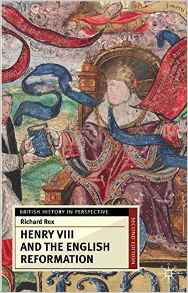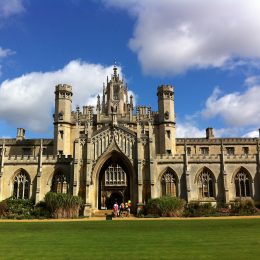Exploring the world of art, history, science and literature. Through Religion

Welcome to TreasureQuest!
Look through the treasures and answer the questions. You’ll collect jewels and for each level reached, earn certificates.
How far will you go?
You need an adult’s permission to join. Or play the game without joining, but you’ll not be able to save your progress.
The ‘Great Bible’ was the first officially authorised version of the Bible to be printed in English and in England.






Are there links to current religious practices or a modern equivalent?
The Bible is still an integral part of Christian life and worship, and large bibles of this kind are still often used for the readings in church services. But today, almost all Christian churches read from the Bible in vernacular translations, (the everyday languages of the people of a country), rather than in ancient languages.

Where is it from, where is it now?

Books

Henry VIII and the English Reformation
Richard Rex
2006, 2nd edn., Palgrave
A detailed but accessible analysis of the key religious developments in England under Henry VIII, which sets the publication of the Great Bible in context and includes some specific comments on it.












 Faculty of Divinity
Faculty of Divinity